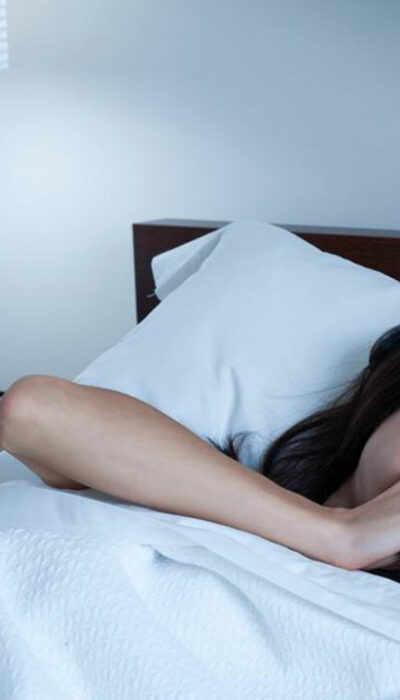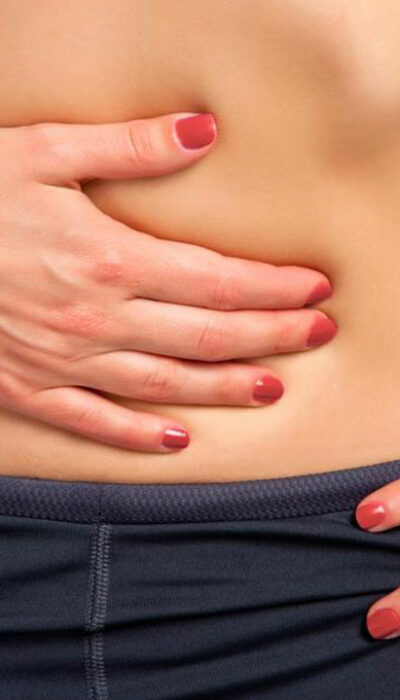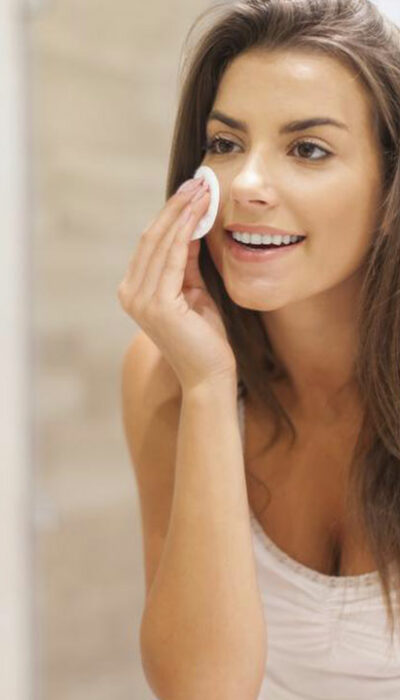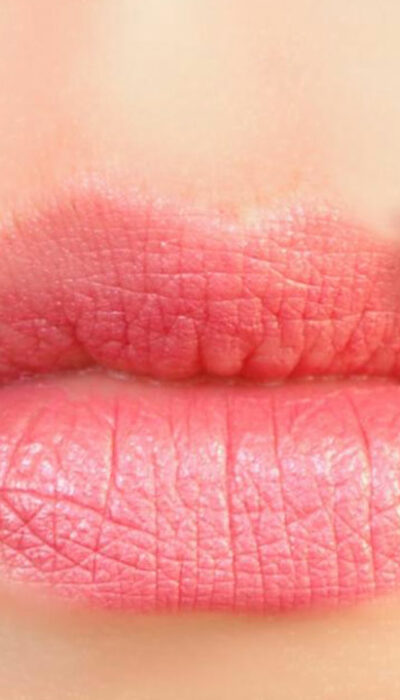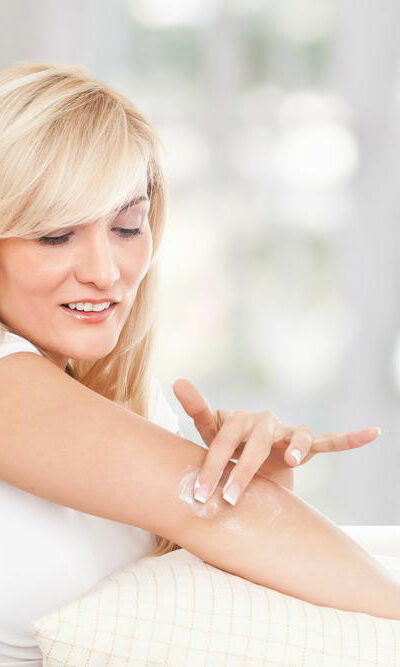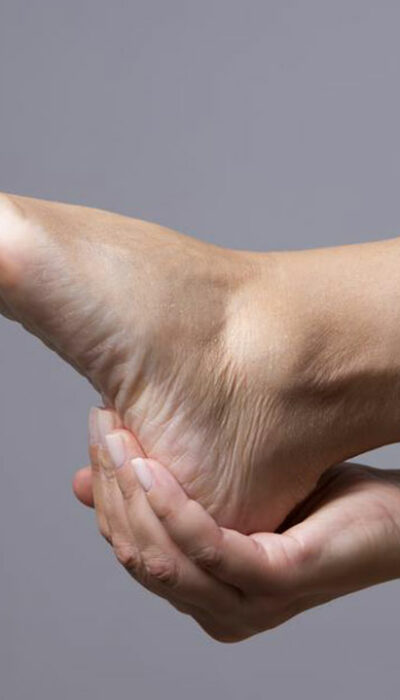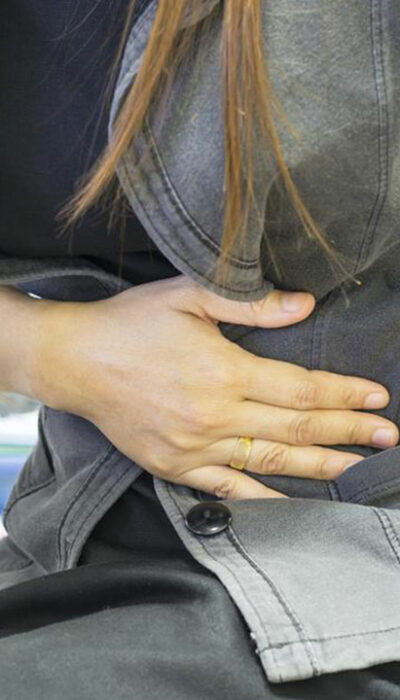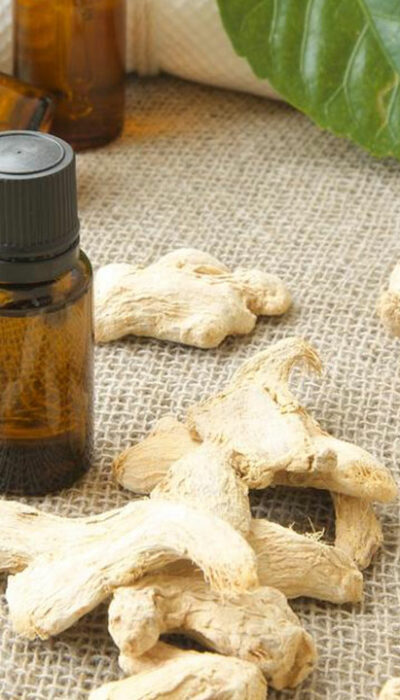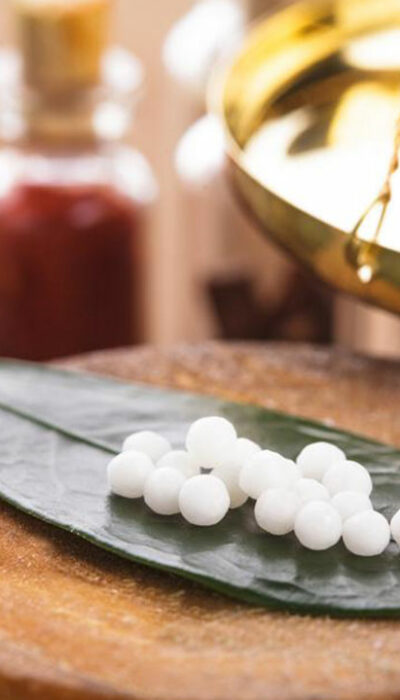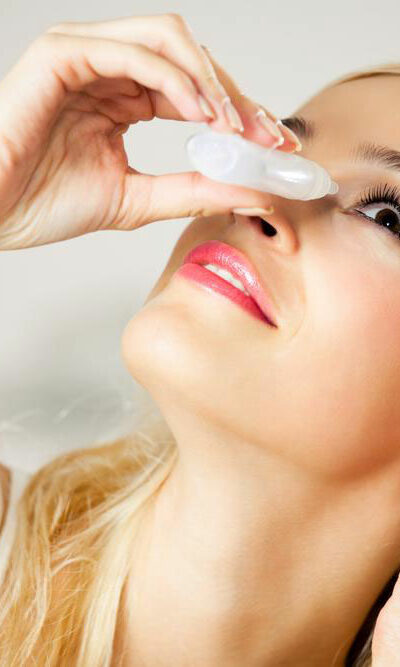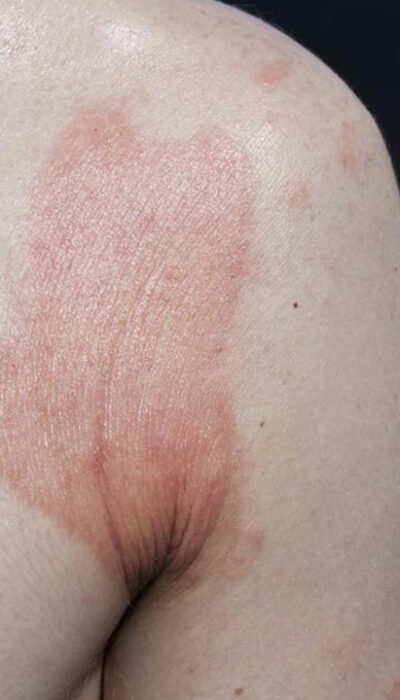
Contact Dermatitis – Symptoms, Causes, and Treatment Options
Are you experiencing redness on your skin all of a sudden? Redness on your skin is accompanied by an itching or burning sensation? Well, many of you may consider it as a sign of allergy, which will get automatically cured with time. Though mild allergies may at times cause red rashes on the skin, it may not always be self-healing. Red and itchy rashes on the skin can be a sign of contact dermatitis as well and require proper treatment. Contact dermatitis is generally restricted to a certain area of your body. It generally affects the body part, which has come in contact with the allergen. If you are also experiencing any such problems, you can check out the symptoms of contact dermatitis mentioned below. Signs and symptoms defining contact dermatitis To ease the diagnosis of patients, contact dermatitis symptoms have been further sub-divided into two categories: these include irritant contact dermatitis and allergic contact dermatitis. Though both types of contact dermatitis cause red and itchy rashes, the one that occurs due to allergic reactions comes along with dry, flaky or scaly skin, oozing blisters, hives, or sun sensitivity. Apart from skin redness, some may also get leathery or darkened skin with a burning sensation. In case of facial or groin allergies, patients may also experience swelling of their skin. Extreme itching is also not quite uncommon with allergic contact dermatitis. Irritant contact dermatitis comes along with blistering or cracking of the skin. Swelling, tightness, or stiffness of skin along with ulcerations and open sores leading to crust is also not uncommon in case of irritant contact dermatitis. Causes of contact dermatitis While symptoms are divided into two categories, causes are further divided into three sub-divisions, which are contact dermatitis, photo-contact dermatitis, and irritant contact dermatitis. Allergic contact dermatitis, as the name says is caused when the skin gets exposed to any allergy causing foreign substance.
